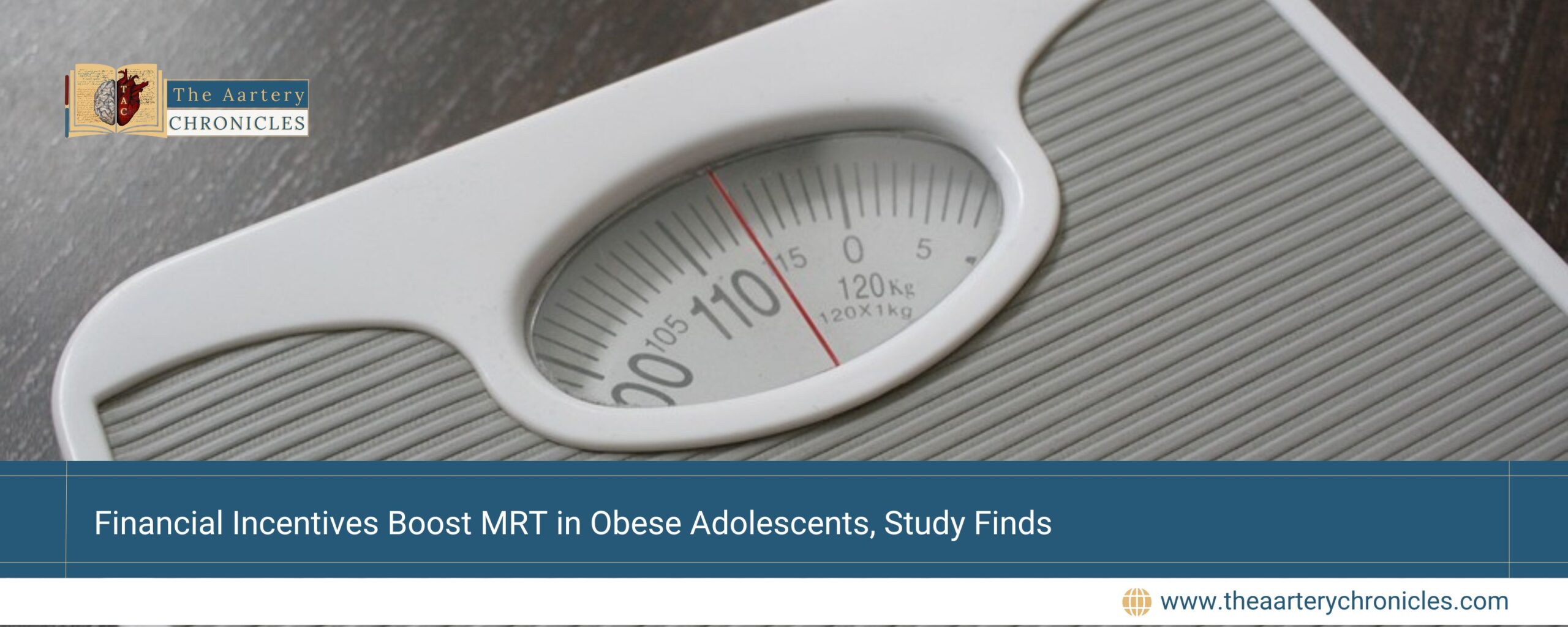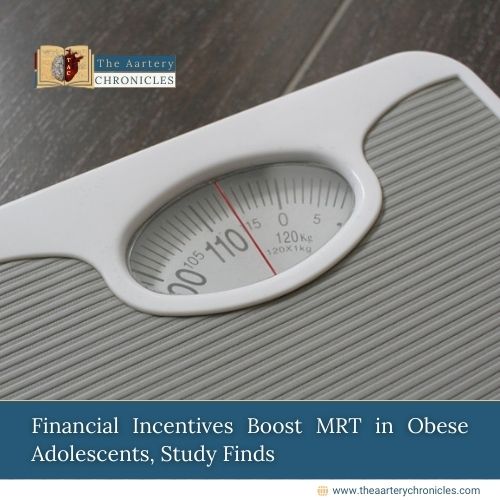
Financial Incentives Boost MRT in Obese Adolescents, Study Finds
Introduction
A recent study published in JAMA Pediatrics revealed that adolescents with severe obesity who received both meal-replacement therapy (MRT) and financial incentives experienced a greater reduction in body mass index (BMI) compared to those who received only MRT. Dr. Justin Ryder, Vice Chair of Research for the Department of Surgery at Ann & Robert H. Lurie Children’s Hospital of Chicago, and Associate Professor of Surgery and Pediatrics at Northwestern University Feinberg School of Medicine, collaborated on the study.
Severe Obesity in Adolescents
Severe obesity affects approximately one in five children and adolescents in the United States, as reported by the Centers for Disease Control and Prevention (CDC). This condition is characterized by a BMI at or above the 95th percentile for age and sex and is associated with an increased risk of adult obesity, cardiovascular disease, type 2 diabetes, and other health issues.
Benefits of Meal-Replacement Therapy
Previous research has indicated that MRT is more effective than traditional lifestyle modifications in reducing BMI among adolescents with severe obesity. MRT typically involves pre-portioned meals totalling 1,200 calories per day.
Study Design and Findings
In this study, 126 teenagers were divided into 2 groups: 63 received MRT plus financial incentives, while the remaining 63 received simply MRT for a year. Financial incentives were provided based on the reduction in body weight from baseline.
After 52 weeks, the group receiving MRT plus financial incentives showed a greater reduction in BMI (6 percentage points) and a significant decrease in total body fat mass (4.8 kilograms) compared to the group receiving only MRT.
Cost-Effectiveness and Future Research
Dr. Ryder noted that a cost-effectiveness analysis revealed that providing additional meal replacements per pound lost was economically viable. However, the authors emphasized the need for further research to develop interventions extending beyond one year. They highlighted that while financial incentives combined with MRT offer a longer-term strategy than MRT alone, the withdrawal of treatment is likely to result in a BMI increase. Therefore, identifying scalable and feasible long-term strategies is crucial given the chronic nature of obesity.
Source: Inputs from various media Sources










